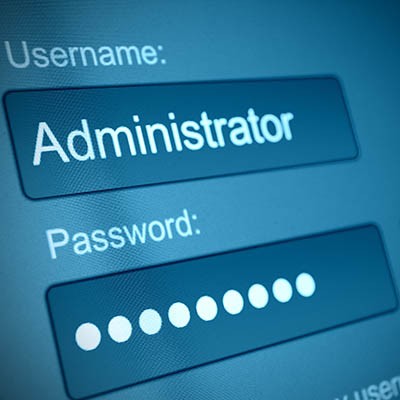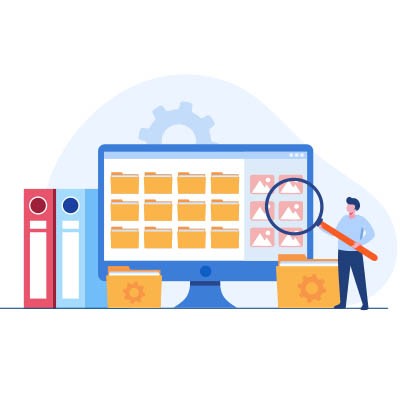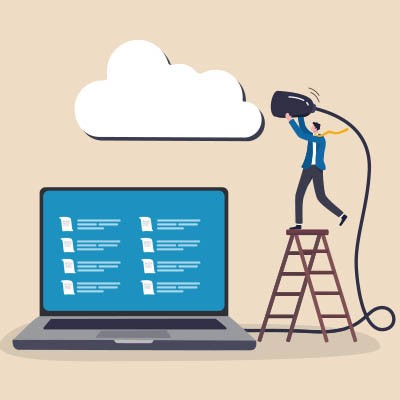-
Contact Us At
-
E-Mail Us @
Horne & Benik Networks Blog
Data breaches can be a death blow for the small business. In addition to the financial ramifications of such events, they also cost a whole lot in reputational damage and organizational inefficiency. It’s pretty important for personal and organizational security for people to know that there are a few simple things you can do to help keep digital assets secure.
One of the worst-case scenarios is losing your smartphone, and it’s easy to see how something as simple as a lost or stolen device could cause major issues. That’s why it’s important to take security seriously and be proactive, rather than waiting for a problem to occur. Here are four steps you can take now to reduce the risk of a lost or stolen device becoming a serious problem for your business.
Passwords open all of your online accounts, so creating one that’s both strong and easy to remember is extremely important. A lot of times, it can be an issue; which is why one of the most common IT-related problems our help desk remediates is lost password credentials. Let’s take a look at what makes a secure password and how to effectively do it.
The printer is a technology we can’t escape. In many ways, we can't live without them, but they sure know how to drive us crazy. You’d think printing would be simple, but when issues pop up, it’s easy to wonder why printers are so unreliable. Here are the main reasons printers tend to mess up, as most problems fall into one of these three categories. Let’s take a look at them:
Today, people use technology for almost everything, from chatting with friends to deciding what to buy. With smartphones, computers, and other devices, we can quickly find information, shop online, and manage our time. This digital change means that people expect things to be fast, easy, and convenient. As a result, technology is changing how we interact with businesses and decide what’s worth our money. Let’s take a look at how technology has changed the way people buy things.
You may not understand just how crucial keeping your business’ technology up to date is, but it can be the best defense at battling some extraordinary downtime that can not only cost you quite a bit, but also frustrate your staff to the point where it becomes a whole other problem for your business. This month, we discuss a five-year plan for your business’ hardware and why it is a solid practice to stay ahead of many of the technology problems businesses face.
Small businesses have unprecedented access to some of the most powerful technologies business has ever seen; ones that were once exclusive to large corporations. These tools not only boost efficiency but also effectively level the playing field, allowing smaller businesses to compete in markets they simply couldn’t have before. Let’s explore how these cutting-edge technologies are revolutionizing the way small businesses operate.
Video conferencing is one of those technologies that have revolutionized the way we work. Over the past decade, however, it has gone from being something super cool to being an essential technology every business needs. The shift towards remote work and digital collaboration, accelerated by the COVID-19 pandemic, has punched the innovation of video conferencing into high gear. These changes have not only enhanced the quality and reliability of virtual meetings but have also expanded their accessibility and functionality, making it easier for people to connect and collaborate across distances. Let’s discuss how video conferencing has advanced.
No matter what kind of business you work, having a repository of files that is organized and easy to navigate is a huge benefit. Like anything else that has a lot of traction, it is often difficult to keep organized in a manner that is best for your business. Let’s take a look at some ways that you can do just that.
File efficiency is not something that is talked about very often as a key component to running a successful business, but it certainly is. Keeping an organized digital environment saves a lot of time and keeps projects and services working efficiently. Let’s take a look at why file efficiency is important and how to achieve it.
If you think about it, having more knowledge about most things is inherently better than having less knowledge about it. In business computing, knowing how your business’ computing infrastructure and network is functioning, having the tools to remediate problems should they occur, and getting out ahead of potentially devastating problems could be the difference between a well-oiled machine and frustration and downtime. For this month’s tip, we thought we would give you everything you need to know about effectively monitoring your business’ IT.
Businesses can’t afford to overlook the benefits that technology offers. One major advantage is automating routine tasks, saving time and minimizing human error. Small businesses can streamline operations by leveraging technologies that enhance efficiency and focus on strategic initiatives that drive growth. Here are four essential technologies that small businesses can utilize today:
Managing technology and procedures that maintain compliance with regulations might seem like a never-ending and problematic task. One of the best strategies is developing a reporting system to make this task manageable and even beneficial for a business' growth and sustainability. Reporting isn’t just about ticking boxes for regulators; it’s about creating a transparent, accountable, and efficient operation that can adapt to a business’ regulatory requirements.
Individuals and businesses are increasingly relying on wireless technologies to maintain constant connectivity because users rely on wireless networks. In recent years, numerous innovations have occurred in this space, and we thought that in this month's newsletter, we’d highlight some of the key innovations in the wireless domain that you should be aware of.
There’s no getting around the fact that server management is difficult for SMBs. While they might be a critical part of your operation’s infrastructure, servers are complex pieces of technology. If they are not appropriately managed, your company could waste time, energy, and resources. Today, we want to highlight the primary functions of server management and how you can get the most out of your existing resources.
Every organization relies on its IT to be operational and available. Some businesses cannot function at all without it. However, issues can arise if employees need access to it when it comes time to patch software or perform other maintenance. This month, we’ll explore the strategy behind proactive IT maintenance and how it helps businesses avoid downtime in various ways.
The cloud is undeniably useful for most individuals and businesses, and its increasing use in business situations shows this. However, this doesn’t mean that it is the be-all and end-all for businesses. In this month’s newsletter, we thought we’d discuss some of the pros and cons of using cloud platforms inside a small business setting.




















